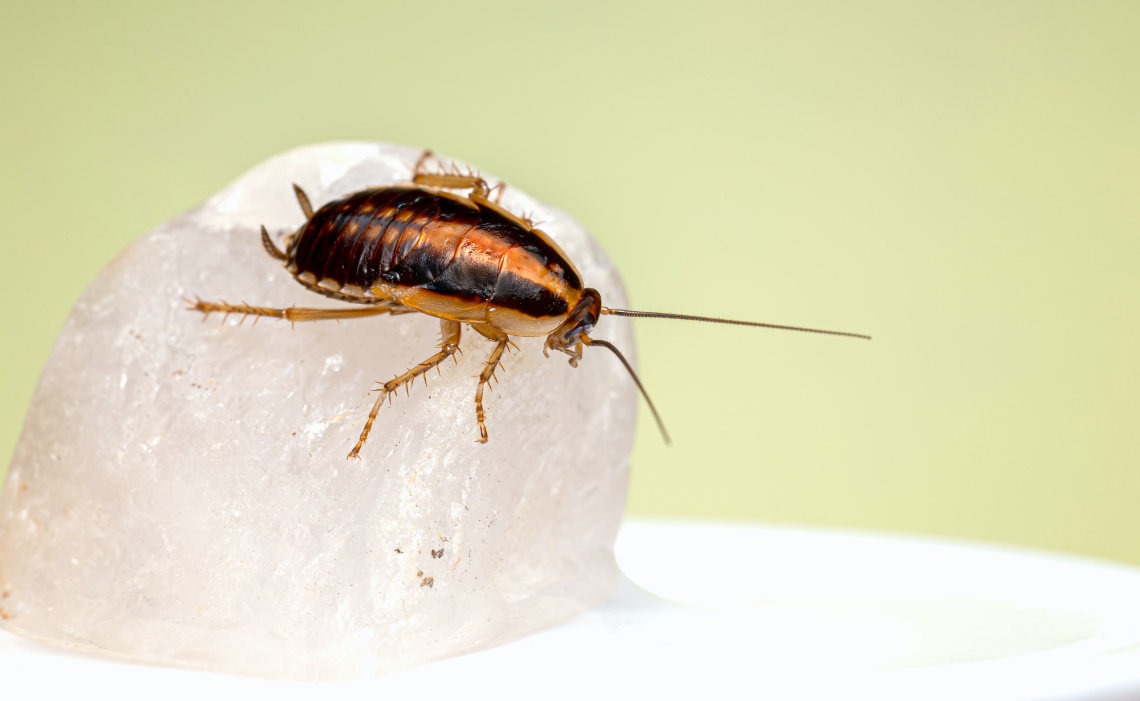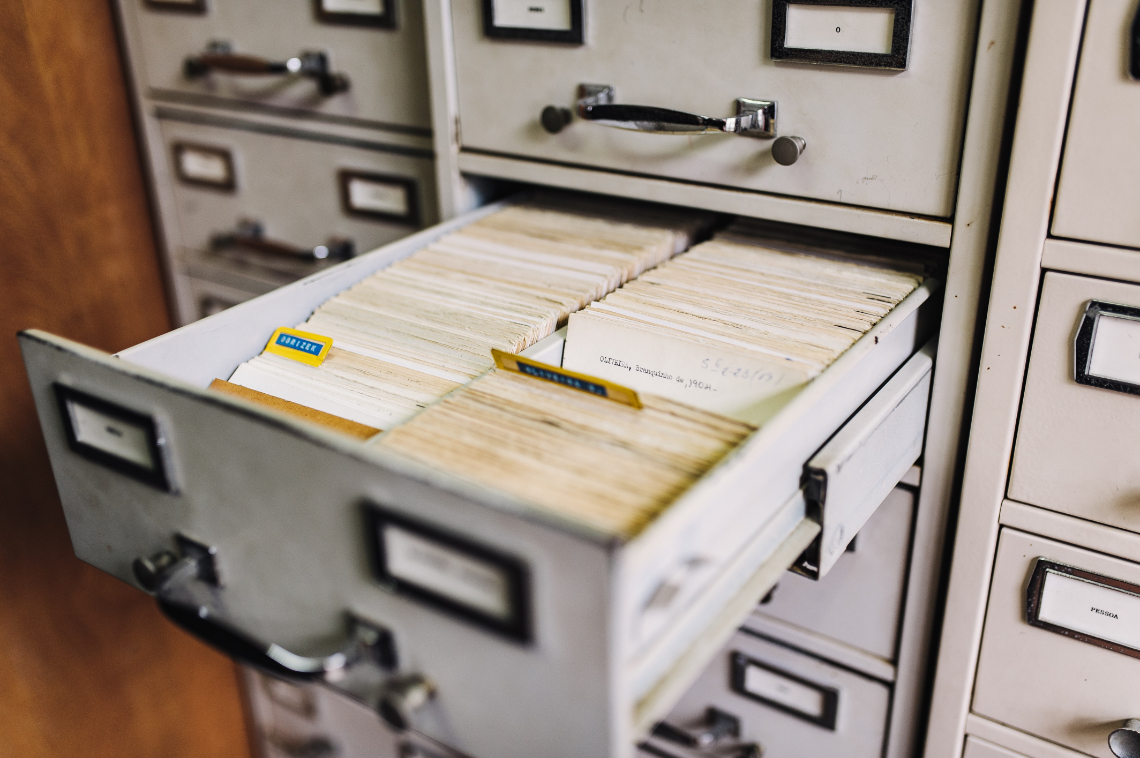If you're not a professional conservator, and you just don't have the budget to get one, then preventive conservation is for you!
We can learn to apply various bits of useful information on basic preventive conservation. Why?
The first mothers ever learned to roll the big rock over the entrance of the cave overnight to stop the predators from coming in and eating you while you slept because they knew that prevention is better than lamentation.
In the case of museums, galleries, libraries and home collections, prevention is better than restoration.
This is why I am giving you a tiny introduction to preventive conservation. I say tiny because there are thousands of entire websites and books on the topic, but here are some basics. I will address more in future posts.
1. If you touch the object, it's not called Preventive Conservation anymore
A clear definition of preventive conservation is the following by Dr. Ziad al-Saad:
"Preventive Conservation is the mitigation of deterioration and damage to cultural property through the formulation and implementation of policies and procedures for the following: appropriate environmental conditions; handling and maintenance procedures for storage, exhibition, packing, transport, and use; integrated pest management; emergency preparedness and reponse; and reformatting/duplication. Preventive conservation is an ongoing process that continues throughout the life of cultural property and does not end with interventive treatment."
As you see, Dr. al-Saad has at no point mentioned messing with the object directly in any way.
It is important to understand that "preventive conservation" is a technical term in the field. It is not just being descriptive. I have heard some people say things like "We did preventive conservation on object x by lightly vacuuming it." This statement is not accurate, as the object is being directly cleaned. It is being directly intervened. You cannot "do" preventive conservation on an object.
But why? Isn't cleaning an object a preventive action? Won't that prevent damage?
Yes. It will. However, any action taken directly upon an object is an intervention which requires a thorough documentation process. Preventive conservation is about taking measures around the objects in order to avoid having to intervene directly.
2. Why is preventive preferable to interventive conservation?
While direct intervention will sometimes be necessary and required to stabilise decaying objects, preventive conservation has many advantages:
- It is so much cheaper!! It will be much more cost effective to monitor and control the environmental conditions around a huge collection of objects to minimise deterioration than it is to conserve object by object once they have been damaged.
- Preventive conservation can be more environmentally friendly as it reduces the need for chemical use.
- It encourages a culture of prevention rather than reaction to damage.
- It can be taught to and carried out by all people who deal with collections and is not limited to trained professionals.
- It encourages the scientific investigation of dynamics of deterioration and material science.
- It is much more efficient on a time-per-object basis and resources used.
3. The 10 (or 9) agents of deterioration
One of the easiest and most basic ways to start learning about preventive conservation is using the 10 (or 9) agents of deterioration. They were first published in 1994 by Charlie Costain and were further worked on by Stephen Michalski, C.L. Rose, C.A. Hawks y Robert Waller. Here we go:
1
Physical forces - As in "Oops, I dropped that." or "Oops, that tourist plonked his backpack on it." or "EARTHQUAAAAKE! RUN FOR YOUR LIVES!!!"
The title of the video says it all.
2
Thieves and vandals - See bastards, sometimes also terrorists. Lately though, and much more contentious, politically-driven groups or individuals.

The Buddhas of Bamiyan in Afghanistan - destroyed by the Taliban in 2001. Image by Fars News Agency, CC BY 4.0
3
Fire - See Notre Dame, National Museum of Brazil, Glasgow School of Art.
 Fire in Notre Dame Cathedral in 2019.
Photo by Wandrille de Préville - Own work, CC BY-SA 4.0
Fire in Notre Dame Cathedral in 2019.
Photo by Wandrille de Préville - Own work, CC BY-SA 4.0
4
Water - Like in Flashdance, damage by the bucketful, or like in Titanic, by walls of moving water.
 The Old White Horse Brasserie, Old Main Street, Bingley, UK in 2015.
Photo by Chris Gallagher on Unsplash.
The Old White Horse Brasserie, Old Main Street, Bingley, UK in 2015.
Photo by Chris Gallagher on Unsplash.
5
Pests - Like in the Bible.
 Cockroaches will eat anything and can cause disasters in a collection.
Photo by Erik Karits on Unsplash
.
Cockroaches will eat anything and can cause disasters in a collection.
Photo by Erik Karits on Unsplash
.
6
Contaminants - Air pollution, like in any city in the world these days.
 Sulphides and particulate pollution in the air can increase degradation in objects.
Photo by Kouji Tsuru on Unsplash.
Sulphides and particulate pollution in the air can increase degradation in objects.
Photo by Kouji Tsuru on Unsplash.
7
Light, UV and Infrared - That is, unfiltered light, like under the sun or right next to a window.
 Light streaming in through a window may be beautiful, but your light-sensitive objects will not appreciate it as much as you.
Photo by Ian Battaglia on Unsplash.
Light streaming in through a window may be beautiful, but your light-sensitive objects will not appreciate it as much as you.
Photo by Ian Battaglia on Unsplash.
8
Incorrect temperature - Like in Qatar for the Football World Cup in 2022.
 Generally speaking, for objects, the colder, the better. High temperatures will increase the speed of chemical reactions, and by extention, increase degradation.
Photo by Dan LeFebvre on Unsplash.
Generally speaking, for objects, the colder, the better. High temperatures will increase the speed of chemical reactions, and by extention, increase degradation.
Photo by Dan LeFebvre on Unsplash.
9
Incorrect relative humidity - This is sometimes joined to point 8 as a single point called incorrect environmental conditions.
 Being able to monitor Relative Humidity is essential to make sure you neither dry up your objects nor let them mould over.
Photo by Kaffeebart on Unsplash.
Being able to monitor Relative Humidity is essential to make sure you neither dry up your objects nor let them mould over.
Photo by Kaffeebart on Unsplash.
10
Dissociation - This means the loss of the information that goes with the object. A loss of information causes loss of meaning and academic/social value. In other words, that little card with the object info that went in the box got lost, or Mr. Jones, who used to be the only one who knew anything about the object left or died and told no one, or the rats ate all the registration archives, or the fire burnt down the office, or your server got hacked. So the object itself is there and undamaged, but we suddenly know nothing about it anymore.
 It may seem old-fashioned, but always having a paper copy of your digital files might save you from software meltdown.
Photo by Maksym Kaharlytskyi on Unsplash.
It may seem old-fashioned, but always having a paper copy of your digital files might save you from software meltdown.
Photo by Maksym Kaharlytskyi on Unsplash.
Since each agent is a whole book in itself, I will make little posts on each, but I just wanted to present them here as a list so you may have them in mind. These are the agents that a preventive conservation programme is trying to hinder and manage.
If you liked this post, you can follow me on Twitter where I'll be posting more information on the preventive conservation and how to take care of your objects.
Alternately, if you'd like to take a five-week interactive course, take a look at The Home Collection Game course here where I take you through all agents in detail and we learn to apply preventive measures through play.
Bibliography (in English and Spanish)
AECID. Conservación preventiva para todos. Una guía ilustrada. PDF here
Caple, C. 2011. Preventive conservation in museums. 1st ed. London: Routledge. PDF here
Costain, C. 1994. Framework for preservation of museum collections. Canadian Conservation Institute Newsletter 14:1-4.
IBERMUSEOS. 1999. Conservación preventiva. PDF
Instituto del Patrimonio Cultural de España. Plan nacional y fundamentos de conservación preventiva. PDF y PDF2
Michalski, S. 1994a. A systematic approach to preservation: description and integration with other museum activities. Pp. 8-11 in Preprints of the Ottawa Congress, 12-16 September 1994. Preventive Conservation, Theory and Research. (A. Roy and P. Smith, eds.). International Institute for Conservation of Historic and Artistic Works, London. 244 pp.
Rose, C.L. y C.A. Hawks. 1995. A preventive conservation approach to the storage of collections. Pp. 1-20 in Storage of Natural History Collections: A Preventive Conservation Approach. (C.L. Rose, C.A. Hawks, and H.H. Genoways, eds.). Society for the Preservation of Natural History Collections. x + 448 pp.
Simmons, John E., y Yaneth Muñoz Saba. 2003. The theoretical bases of collections management.
Waller, R. R. 1995. Risk management applied to preventive conservation. Pp. 21-27 in Storage of Natural History Collections: A Preventive Conservation Approach. (C.L. Rose, C.A. Hawks, and H.H. Genoways, eds.). Society for the Preservation of Natural History Collections. x + 448 pp.